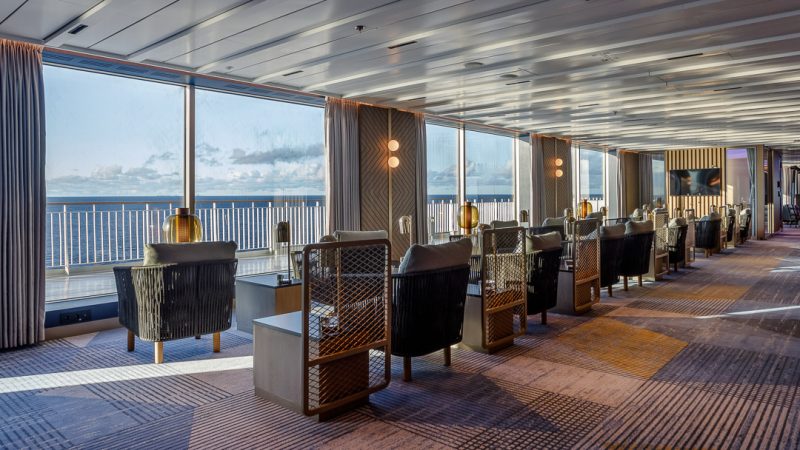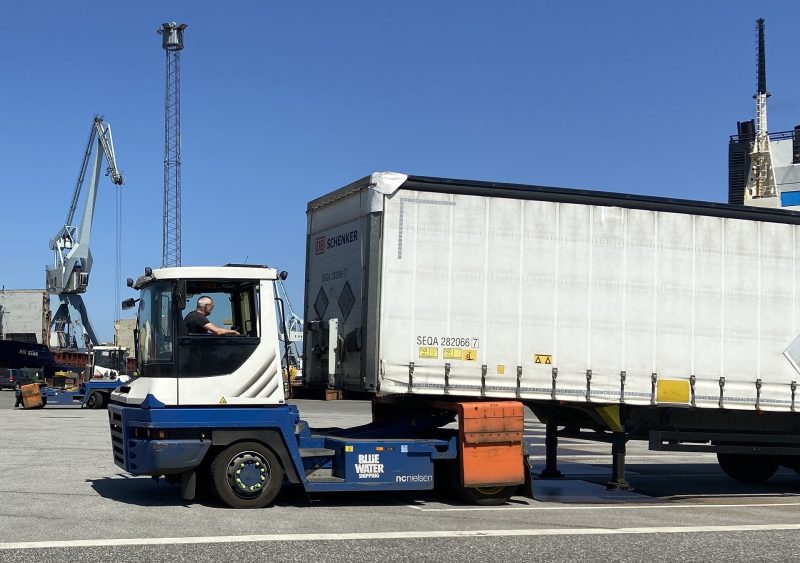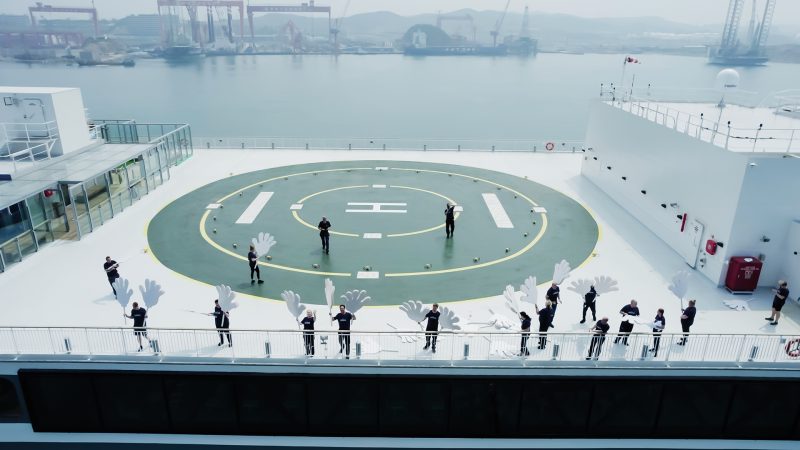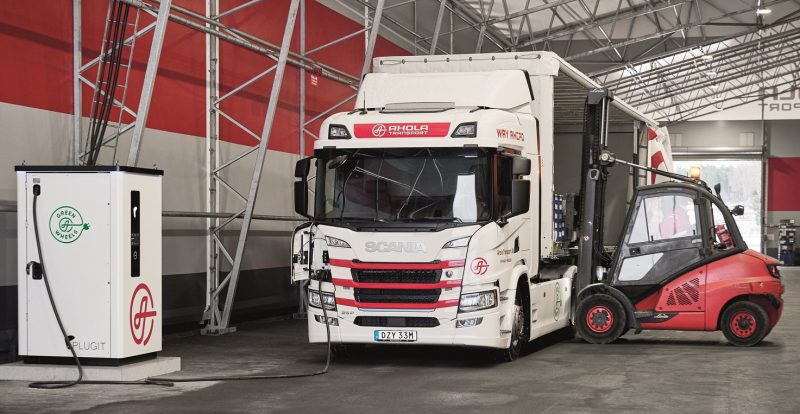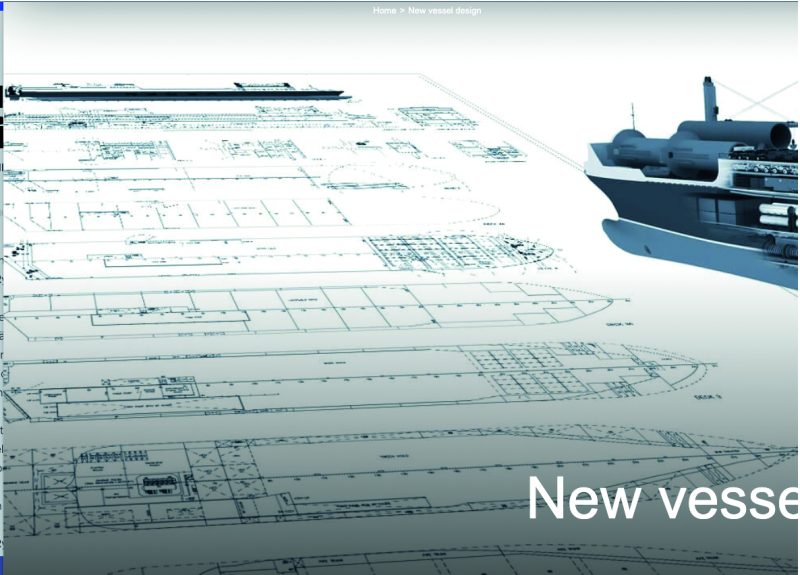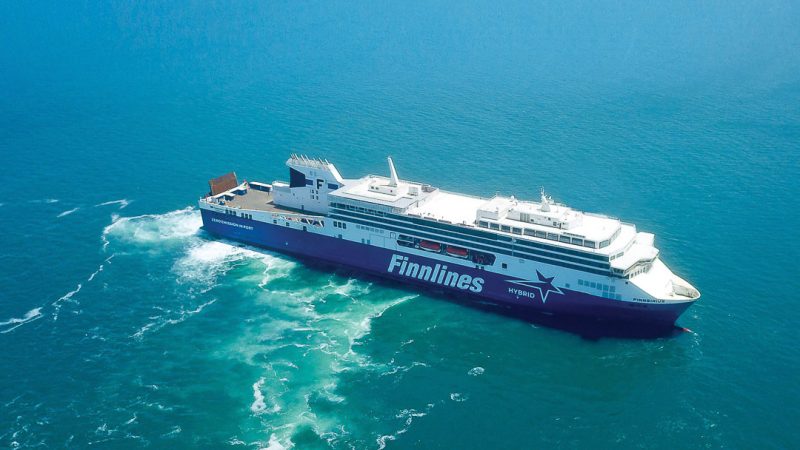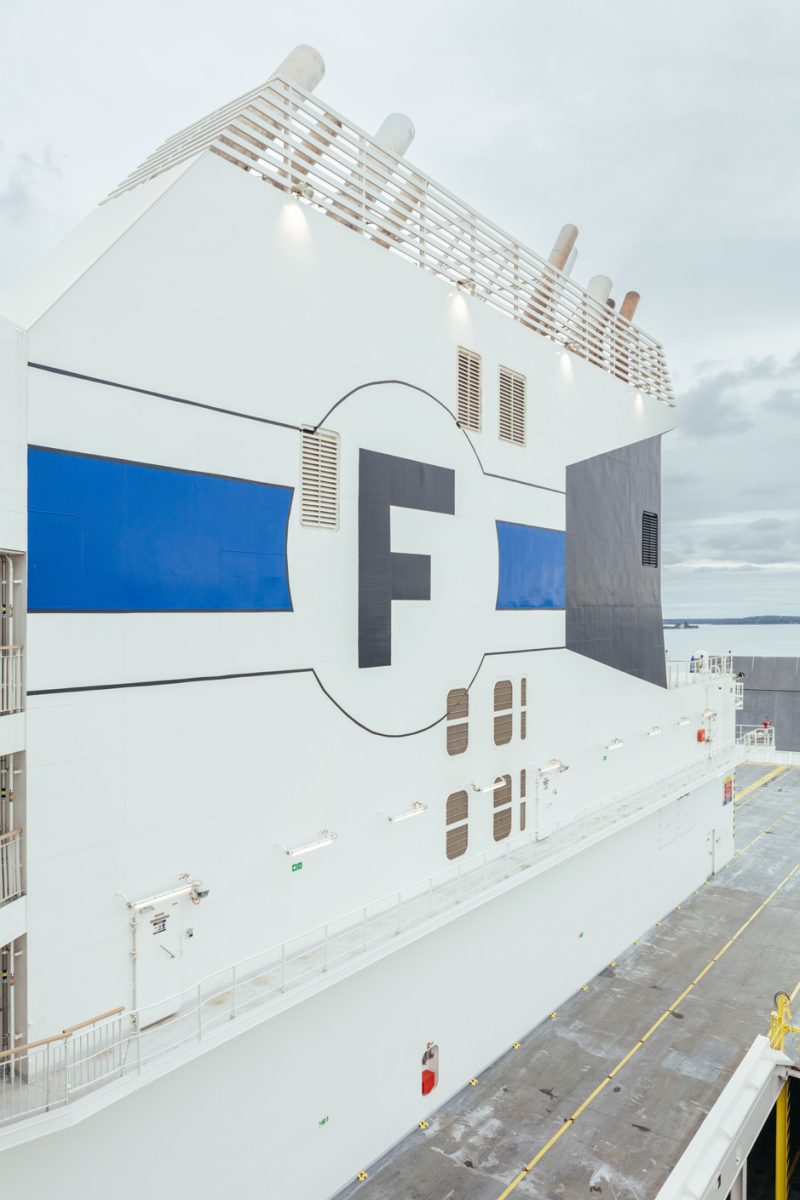>Sustainability is a core element of our business. We have done a lot to ensure sustainability and worked hard to reduce our environmental effects. In the future, maritime decarbonisation will bring big changes into our operations and fleet. At the same time, we think small actions can make a big difference on climate change.
Target: Carbon neutral future
New environmental regulations challenge shipping to decarbonize
In July 2023 the International Maritime Organisation (IMO) raised the ambition level to reduce both annual greenhouse gas emissions and carbon intensity of international shipping during the following decades. To ensure the compliance of ships and shipping companies, the IMO has already adopted
short-term greenhouse gas reduction measures, which came into force at the beginning of 2023. Mid-term and long-term measures are still under development.
Short-term measures to cut carbon intensity
The short-term measures oblige all ships to meet certain energy
efficiency criteria, both structurally and operationally. The Energy Efficiency
Existing Ship Index (EEXI) is a one-time measure to assess existing ships’ structural energy efficiency by comparing the standard emissions from the installed engines with the capacity and reference speed of the ship. Non-compliant ships have to be modified to meet the requirement. All Finnlines’ vessels have been verified to meet the EEXI requirements without alterations.
Another short-term measure, Carbon Intensity Indicator (CII), is an annual measure, which requires ships to reach a certain minimum carbon intensity in operation. Carbon intensity is measured by actual CO2 emissions per travelled distance and capacity of a ship. The required level of carbon intensity decreases by 2 per cent every year, which means that continuous improvement in energy efficiency will be required. In the upcoming years, the regulation will start to affect more and more the way that the vessels can be operated.
Alternative fuels needed to meet future requirements
Shipping industry is one of the most challenging sectors to decarbonize as new technologies and alternative fuels, which are currently not widely available, must be adopted. It is evident that the carbon neutral future cannot be achieved with fossil fuels. Liquefied natural gas, LNG, has been a viable alternative for some ships. Hydrogen, ammonia and methanol have been identified as promising fuels in the long run. However, transition means that
all players in the maritime sector, such as engine manufacturers, fuel suppliers and policymakers, face challenges. A shipowner needs to be confident hat the chosen fuel type is available and bunkering infrastructure exists. Safety and fuel storage systems on vessels are also a concern in case of some fuels. Finally, a robust regulatory framework must be in place.
Finnlines moves ahead step-by-step
As over the past years, Finnlines continues to improve its fleet’senergy efficiency systematically. The performance of the older vessels can be improved with operational planning and technical solutions. Yet bigger leaps forward are taken when new vessels with the latest innovations are introduced into the fleet. Finneco I, II and III, which entered traffic in 2022, have proven to be much more energy efficient in relation to their capacity than the older ro-ro vessels. The new Superstar ro-pax vessels are expected to outperform ro-pax vessels of the previous generation.
Decarbonization is an enormous challenge, but Finnlines is confident that the company can manage it.
